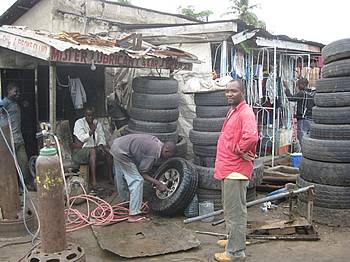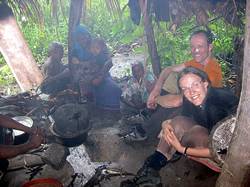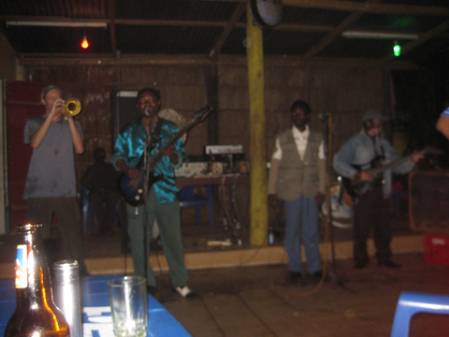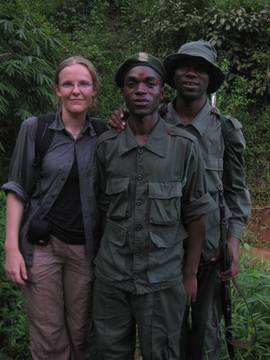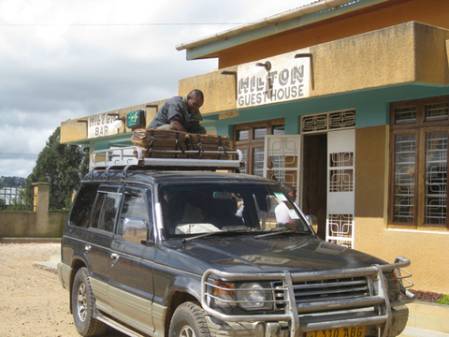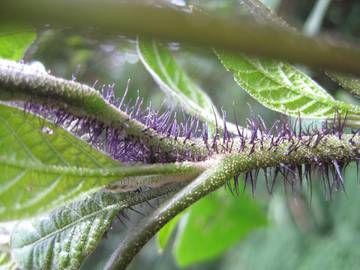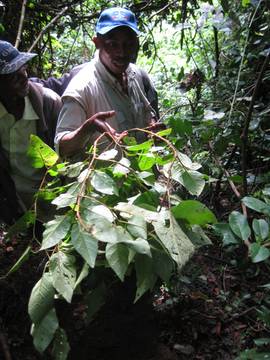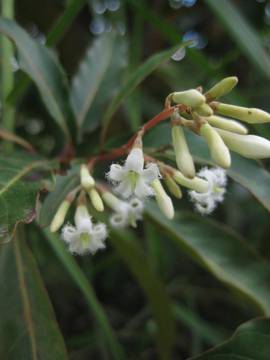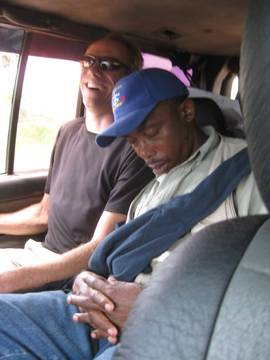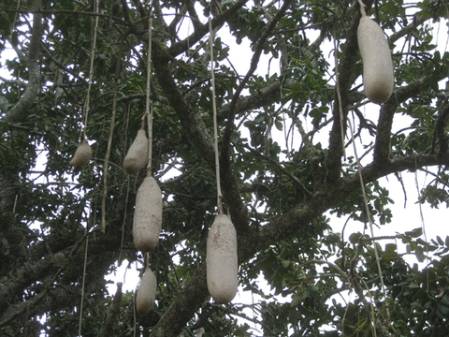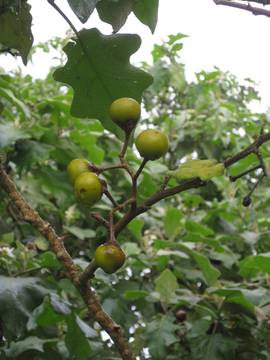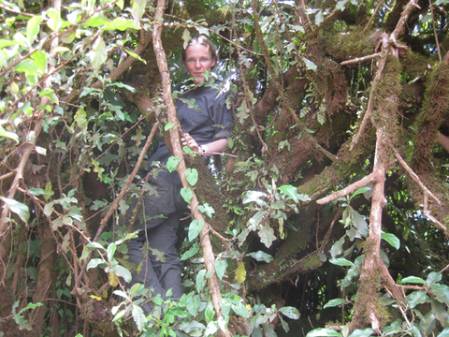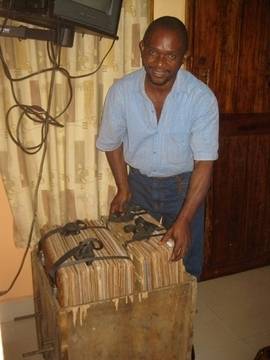Successful day today. We drove inland to Kongwa to look for a potential new species, a strange plant that was collected there in 1975, similar to Solanum cyaneopurpureum but not quite the same.
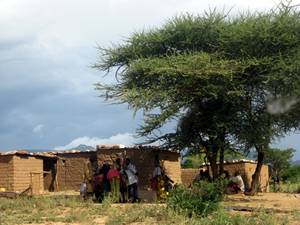
Kigogo villagers gathered round looking at the specimen picture and discussing where to find the plant. One of them is a local traditional healer and recognised the plant in the picture.
We could not find anything and we showed a specimen picture to the local Kigogo villagers. One of the villagers was an old traditional healer. He recognised the plant straight away and took us to a remote farm where it was being grown in a maize field, for use as stomach medicine. The women say that this species used to be common in the mountains but now it is rare, and when they find it they take seed and cultivate it.
The plant was interesting – most of the stems were just like Solanum cyaneopurpureum, but some basal leaves and inflorescences were exactly like the specimen collected in 1975. I suspect this is a cultivated variant of Solanum cyaneopurpureum: cultivation on rich soil gives it better growing conditions so it can produce more flowers, and the leaves become wider and darker.
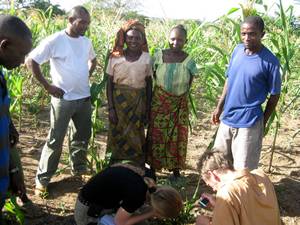
Eric and I are looking at the plant while David and the villagers are gathered around watching. It is difficult to concentrate and think when people are gathered all around you watching and shouting, but I am getting used to it!




